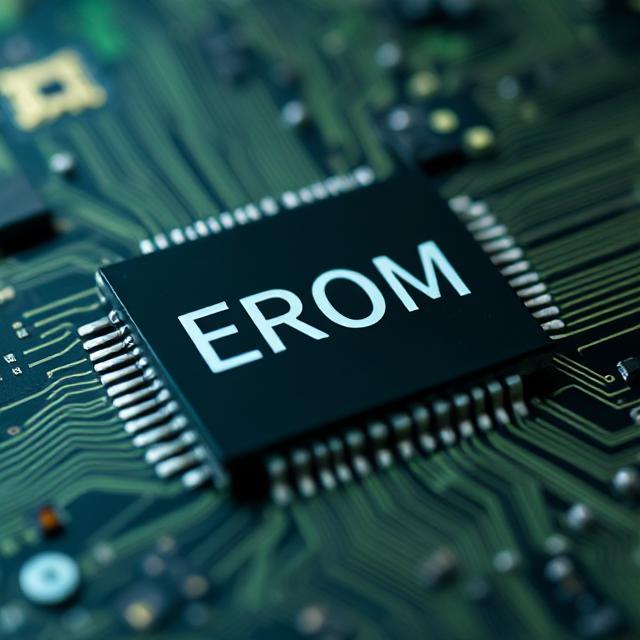In the intricate world of embedded systems and computing hardware, memory plays a central role in performance and functionality. One specific type of memory that often flies under the radar is EROM—Extended Read-Only Memory. While ROM, PROM, EPROM, and EEPROM are more commonly discussed, EROM is a specialized variant with unique advantages. In this deep dive, we’ll explore what EROMs are, how they work, and why they matter.
What is an EROM?
Extended Read-Only Memory (EROM) is a type of non-volatile memory that stores data permanently, even when power is lost. What distinguishes EROM from traditional ROM is its expandability and flexibility in certain applications—especially in embedded systems, digital consumer devices, and firmware updates.
While it shares the read-only characteristic of ROMs, EROM is designed to allow controlled updates under specific conditions, typically through specialized tools or software. Think of it as a hybrid between fixed ROM and programmable memory like EEPROM.
Key Features of EROM
-
Non-volatility: Data remains intact without power, making it suitable for storing firmware or system-critical instructions.
-
Limited Reprogrammability: While not as flexible as EEPROM or flash memory, EROMs can be updated via secure processes.
-
Compact and Efficient: Often used in environments where space, power consumption, and durability are key concerns.
-
Security-Focused: Since EROM updates require special tools or permissions, they provide a layer of protection against unauthorized modifications.
How EROM Works
At a hardware level, EROM functions similarly to ROM but with circuitry that allows controlled rewriting. Manufacturers typically include EROM in systems where firmware may need to be updated after deployment—but not frequently. Examples include:
-
Set-top boxes
-
Game consoles
-
Network routers
-
IoT devices
Updating EROM usually involves:
-
Booting into a specialized update mode
-
Authenticating the update package
-
Writing new data to the memory blocks
This process is slower and more restrictive than writing to flash memory but offers more stability and security for fixed-function devices.
EROM vs. Other Memory Types
| Feature | ROM | EEPROM | Flash | EROM |
|---|---|---|---|---|
| Non-volatile | Yes | Yes | Yes | Yes |
| Rewritable | No | Yes | Yes | Yes (limited) |
| Speed | Fast | Slower | Fast | Moderate |
| Security | High (fixed) | Moderate | Low-Moderate | High |
| Common Use Case | BIOS, microcontrollers | Config storage | USB drives, SSDs | Consumer devices firmware |
Why Use EROM?
The choice to use EROM often comes down to balancing security, reliability, and cost-efficiency. For example, in a digital television set, manufacturers might prefer EROM to store the firmware because:
-
It prevents unauthorized firmware modifications.
-
It allows controlled upgrades via OTA (over-the-air) updates.
-
It offers a stable medium with minimal failure risks over time.
Challenges and Limitations
Despite its advantages, EROM has some limitations:
-
Update Limitations: Not ideal for frequently updated applications.
-
Tool Dependence: Updates may require proprietary tools.
-
Lower Flexibility: Compared to flash, EROM isn’t as developer-friendly.
However, these drawbacks are often acceptable in closed systems where stability outweighs flexibility.
Conclusion
EROM may not be the flashiest memory technology, but it fills a crucial niche in the world of embedded systems. Offering a blend of permanence, controlled upgradability, and security, EROM is ideal for devices where firmware integrity is critical. As embedded systems continue to evolve, EROM will remain a silent but essential player in the background—keeping devices running securely and efficiently.


